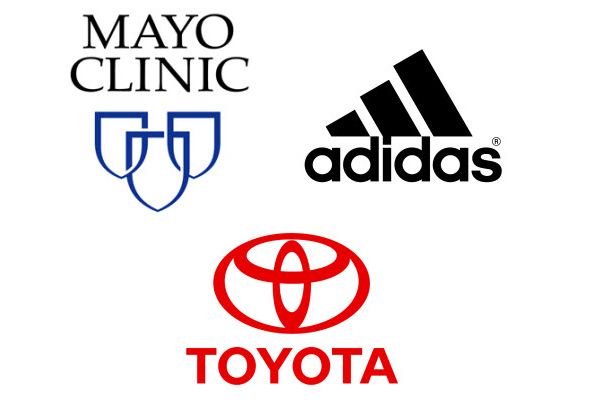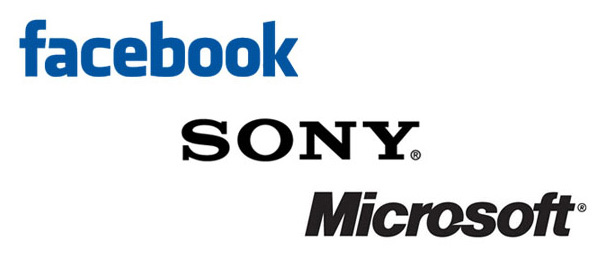Before you decide to make a new logo or plan to re-brand your existing company, read further to understand the few but important tips on having and strong brand identity.
A well designed logo can create loyal followers through simplicity and memorability.
A logo is the visual representation of a company or brand’s values, beliefs and functions. When designing one, you need to make sure it will represent the business the right way. The key elements to keep in mind are:
- How the logo will look on products
- How it will appear on advertising and marketing materials
- How it will tie your other branding collateral together
- The thoughts and emotions your logo conveys (Colors, shapes, styles and words all trigger emotional responses)
It’s an entire package, not just a small mark that is randomly created. Lot of researcher and creativity goes into creating the perfect logo that represents your company in the right way to the right audience with right message.
“It is the first thing your customers or clients see when they come across your business!”
If we ask most people what a logo is, they would have different answers, but they would probably all be right in one way or another. The reality is, there are a number of different types of logo “marks” you could choose to utilize for yourself. Below are examples of some common types of logos, many overlap into two or more types, but generally they are categorized on what type they fit most.
Abstract Logos
Abstract logos are like an abstract idea in that it has no specific form in your brain. These types of logos have a non-descriptive message using a very specific graphic image.
Descriptive Logos
Descriptive logos allude to the name, attributes or benefits of a brand by using clearly recognizable images. These logos display a visual explanation or key factors of the business directly in the logo.
Emblematic Logos
Emblematic logos combine an ‘emblem’ style symbol with unique pictorial elements as well as the brand name. With emblematic logos there is no separation of the words and the symbols.
Illustrative Logos
Illustrative logos are very unique and express a great deal about the business, product or service they are designed to represent. The illustrative logo incorporates unique drawings and character designs. They need to be created taking into consideration the overall visual identity of the brand, that is, they must work well with all the other elements of the design to be truly effective.
Iconic Logos
If an picture says a thousand words, a memorable symbol says volumes. One of the most difficult tasks in developing a brand is to find a symbol that represents all the positive attributes you want your company to be associated with. The image has to convey a message and remind the viewer of the brand name. Not an easy mix, but many companies have got it down.
Letterform Logos
Letterform logos are created by using acronyms or one or more letters from the business name, product or service name. In this situation the letters become a ‘symbol’ creating a unique design that acts as a ‘focal point’ for a brand name.
Mascot Logos
 These are logos that use a character or animal in an iconic form to represent their company. A really well designed mascot can be liked or even loved by the business’ users, creating a loyal fan following.
These are logos that use a character or animal in an iconic form to represent their company. A really well designed mascot can be liked or even loved by the business’ users, creating a loyal fan following.
Mixed or Combination Logos
The best of all worlds- get the visual impact of a symbol, while eliminating the potential confusion of someone who isn’t immediately familiar with the brand. A combination mark uses words, letters, colors, icons and symbols and turns it into a symphony of branding impact.
Typographic Logos
Typographic logos do not use any symbols – just words and letters to create an image. In most cases, these are the most affordable types of logos as strict limits are established very early on in the design process. The sample on the left was created using commercial fonts and the sample on the right uses custom made letters. They are simple but can still be very effective!
Wordmark Logos
Wordmark logos use the business, product or service name as the foundation for the design. The typography can be created from ‘scratch’ or from a commercial font. Images can then be integrated into the typography to create even greater impact and to give it a truly customised look and feel.
Which type of logo is right for you?
There are no specific rules in design to define right or wrong when it comes to logos. Graphic design is a creative process and each and every brand must be approached in a unique way. But don’t worry, finding the right solution for you and your business, product or service is all part of your professional graphic designer’s job!
However, as there are many ‘unknown’ areas to what a client is looking for, most graphic designers find it hard to give clients a price without knowing their specific requirements, target market and long term goals.
As a result, it is your graphic designer’s job to discuss and look into ‘aspirational’ and functional solutions (form and function) for your specific needs and wants. This is determined during the Design brief and design research aspect of the logo design process. It is once this preliminary phase of the process has been completed, that the creative process begins and a range of solutions are examined. This all provides the graphic designer with the information that will then enable them give a professional opinion on the approach that will best serve your specific needs.
If you have any queries, feel free to contact us. We’ll be happy to hear from you!
